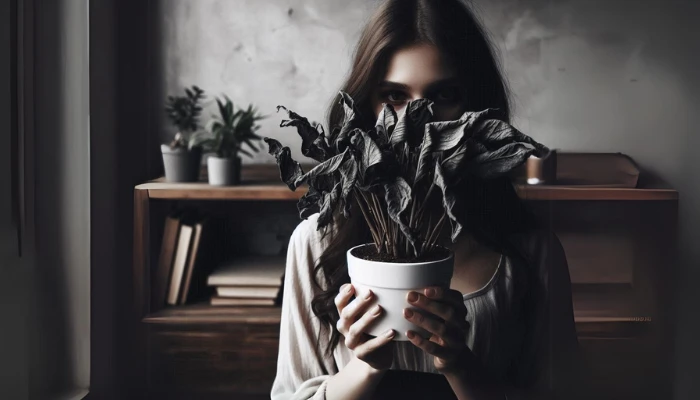a stir in the gardening community. This map, vital for determining which plants can withstand the coldest winter temperatures in various regions, now shows approximately half of the United States shifting into a warmer half zone.
Chris Daly, the director of the PRISM Climate Group at Oregon State University, which collaborated with the USDA on the map, notes that the 2023 version is approximately 2.5 degrees Fahrenheit warmer across the contiguous U.S. compared to the 2012 edition. This shift means that many gardeners can now experiment with cultivating new varieties of flowers, fruits, vegetables, and plants.

Gardeners like Megan London, a consultant from Hot Springs, Arkansas, have long anticipated this update. After 26 years of gardening, London has noticed her area warming, moving from zone 7b to zone 8a, opening possibilities for growing tropical plants and fruits like kumquats and mandarin oranges. However, this excitement is mixed with concerns about the broader implications of climate change.
The scientific consensus attributes global warming primarily to human activities, such as burning fossil fuels. The summer of 2023 was recorded as the hottest ever in the Northern Hemisphere, as per the National Oceanic and Atmospheric Administration.

While Daly is cautious about directly linking the map’s changes to climate change, citing the variability of the coldest night statistics used, he acknowledges that climate change is gradually influencing where different plants can thrive in the U.S.
The USDA press officer also emphasized the variability in extreme minimum temperatures, suggesting that changes in the map might not directly reflect global climate patterns. Yet, Daly believes that a northward shift in zones is likely as climate change continues.
For gardeners like Rachel Patterson in Port St. Joe, Florida, the updated map is a bittersweet confirmation of their experiences. Patterson, who moved to Florida to assist in rebuilding efforts post-hurricane, has witnessed the challenges of growing traditional crops like tomatoes in increasingly hot conditions. She has been guiding her community to plant heat-tolerant heirloom tomato varieties to cope with the changing climate.
The map serves as a reminder of the ongoing climate crisis and underscores the urgent need for policy changes to mitigate climate change.


















